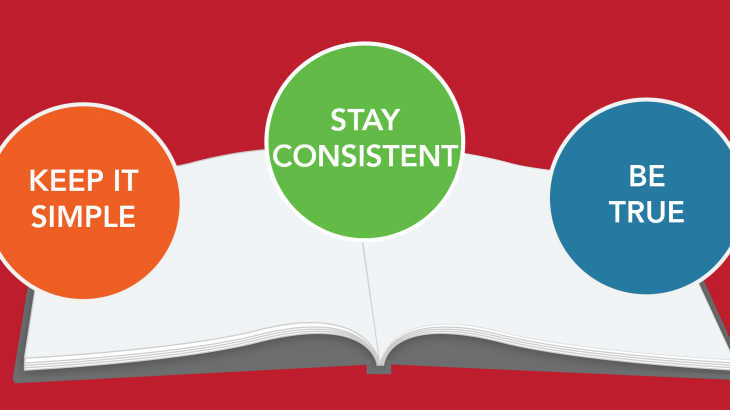Researchers believe that effective communication from leaders not only requires facts and logic, but also speaks to employees? emotions. In managerial communication, your main is to increase your ability to forge connections with your employees, generating emotional commitment from their teams and gains in performance and retention.
An integral component of being a successful leader is learning how to communicate with your team. And the good news is that storytelling is not an innate talent of a few leaders, but is a skill that can be learned by all leaders in couple of days. You will be able to communicate complex industry or strategic issues by presenting them in a format people can relate to. We are introducing a two-part framework for telling stories that will enable managers like you to incorporate your own values into story content and to use emotions and symbols in addition to logic and data when delivering stories to an audience.
Content Considerations in Storytelling
Effective content will enable you to shares your values with the audience. This is further divided into two parts
- Beliefs – What is important, or desirable, or worthy to you personally?
- Action – What are the values that guide your behavior and decisions?
Delivery Considerations in Storytelling
A good story can go waste if it does not embrace all the elements of communication. The elements that must weave in your story are.
- Facts – Numbers, logic, and analysis that appeals to your listener’s rational self
- Emotion- Enthusiasm, inspiration, and persuasion that appeal to your listener’s feeling self
- Symbols – Metaphors, vision, and images that appeal to your listener’s visual self
To get started, identify an event from your own experience, construct a story around it, and audition the story with some friends/ family. Subsequent exercises should be designed to challenge you to modify story content, based on understanding different audiences? motivations, priorities, and touchstones, as well as the different objectives or lessons that a single story might accomplish. Use the following steps to guide you.
Design a Story
Identify a true event that can become a compelling story and determine how the story relates to current challenges or opportunities
Tell the Story and Receive Feedback
Deliver your story to your friends & family and serve as an audience for their stories. Assess your listeners? overall reactions to the story, including emotional and motivational impact, parse story content for pacing and flow. Lastly, review story delivery for speaker empathy, tone, and cadence.
Tailor the Story for Specific Audiences
Consider how the story should be tailored to different segments at your workplace, like Operations, Human Resources, and Customer Service etc. Consider motivations and priorities of different audiences by Identifying critical touchstones and taboos of audiences. Thereafter modify the story, creating a version for each audience.
Tailor the Story for Specific Objectives
Consider how your story could be used to teach different lessons. Could it demonstrate your company culture, or how your organization competes? Could it motivate your team or teach a new way of thinking about the work? Craft two new versions of the story and share them with your friend & family test group.
Upon returning to your workplace armed with this new skill, use a story to communicate business strategy to a team member. For the first week try conveying any important message with a story. Story telling will slowly seep in your communication style.





